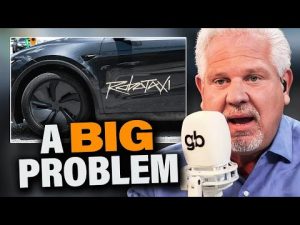In a decisive move, President Trump has taken a significant step to address the issue of homelessness that has long plagued the nation. By signing an executive order, he aims to tackle the overwhelming presence of homeless camps that have sprouted across city parks and sidewalks, much to the dismay of taxpayers who simply want to enjoy their local spaces without tripping over tents or dodging discarded syringes. This order is designed to enforce tougher laws that will clear these encampments from public areas, striving to restore safe and clean environments for families and individuals who actually pay taxes to maintain these spaces. With this first stroke, Trump is signaling a firm stance — one might even say a common-sense approach — to push back against the chaos that has been allowed to grow unchecked under previous liberal policies.
Furthermore, the executive order includes measures to combat the root problem perpetuating homelessness: drug addiction. Recognizing that a significant portion of the homeless population struggles with substance abuse, the order directs federal funding toward programs focused on drug rehabilitation. It’s an admirable notion, cutting off the cycle of addiction rather than simply providing more needles and clean injection sites, as some left-leaning initiatives have done. By blocking funding for drug injection sites, once well-meaning but now degenerating into little more than legal shooting galleries, Trump is standing against what he sees as enablers of this destructive lifestyle.
In a sharp pivot from past approaches, the executive order also redefines how housing assistance is allocated. Instead of the failed “Housing First” strategy, which places addicts in homes without addressing underlying issues, Trump’s plan ties housing benefits to participation in treatment programs. It seeks to ensure that those receiving assistance are genuinely on the path to recovery. This move makes perfect sense — why reward the refusal to get clean with a free place to stay, only to end up with a tragedy in a cheap apartment instead of on a sidewalk? It’s a bold step toward encouraging personal responsibility and genuine rehabilitation.
Perhaps most controversial is the support for involuntary treatment. A radical idea in today’s politically correct climate, it suggests that the state may step in when individuals are unable or unwilling to seek help on their own. To some, this may seem harsh, but others might argue it’s far more heartless to let individuals waste away on drugs in broad daylight, on streets meant for safe passage and play. Allowing people who are clearly struggling to languish on our streets is not compassion; it’s neglect. By pushing for this kind of intervention, Trump is making a statement about the moral imperative to address the naked truth: many need more than a helping hand; they need decisive action.
Lastly, it’s no secret this new directive focuses its resources on major cities, often run by Democratic leaders, where homelessness has hit crisis levels. Places like New York City, Los Angeles, and San Francisco have seen exponentially rising numbers, even after billions in spending from the current administration. This order comes as a reality check for these areas, challenging them to take the allocated resources and apply them with a bit of pragmatic common sense, focusing on getting individuals off drugs and off the streets. Perhaps it’s high time these blue strongholds stop doubling down on failed policies and take a cue from a strategy that actually seeks to change lives for the better, not just shuffle the problem out of sight. After all, real help doesn’t just provide shelter — it offers a chance at redemption.







